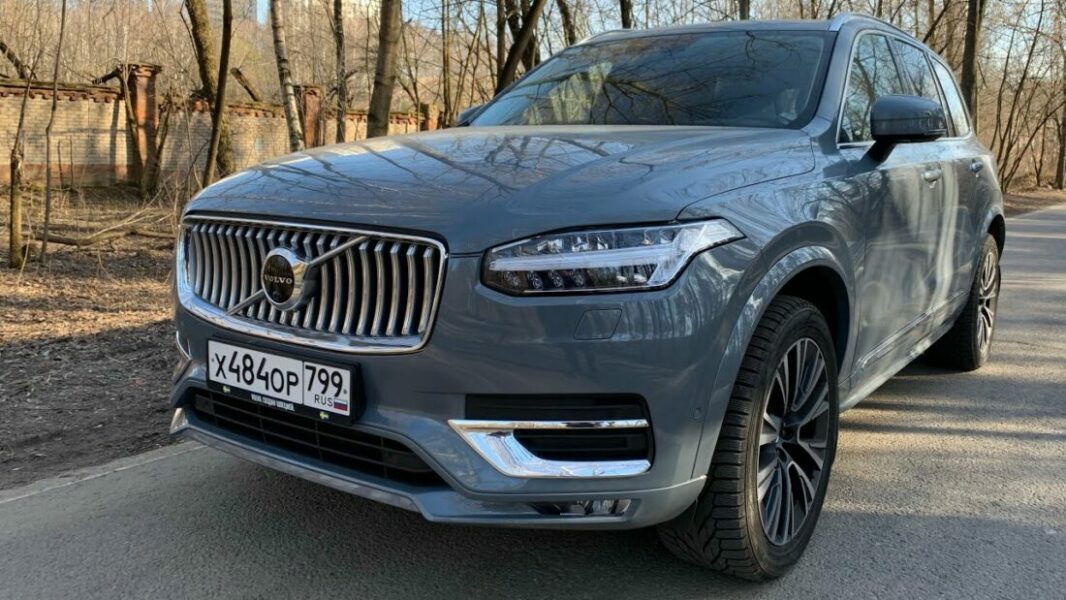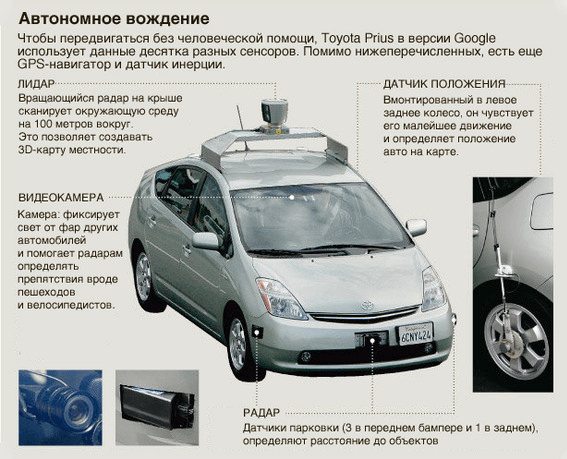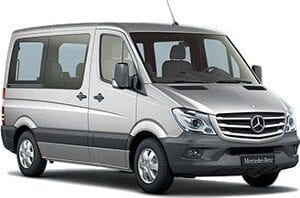
Volvo XC90 D5 all wheel drive
Admittedly, this Volvo setup was a success. Of course, he succeeds most of all among the owners of (other) cars of this brand and among (only) fans, that is, those who bet on the name of Volvo; but all those who know how to identify themselves with the owner of such an expensive car of this design are also of great interest.
The Swedes found a good recipe for this type of car, that is, the look of an SUV with the features of a luxury car. The XC90 is recognizable by Volvo design, but also a fine example of a soft SUV. It is strong enough to evoke power and dominance, yet soft enough to exude elegance.
Whether you're driving an S60, V70 or S80 right now, you'll immediately feel at home in the XC90. This means that the environment will be familiar to you, as it is almost in every detail the same as in the lightly listed passenger cars, which means that the driver has a rather low steering wheel and sits (relative to the underbody of the cab) rather high. but that also means it has no technical connection to the actual XC90 SUVs.
It has no gearbox, no differential lock, and no plug-in all-wheel drive. There is no need to go into technical detail to figure this out, as all of these methods require buttons or levers in the cockpit that the XC90 does not have.
Although the XC90 looks smaller than it actually is, the current one is more uncomfortable than, for example, the S80, due to the rather raised body. And while the feel in the front seats can indeed be much the same as in the S80, for example, the rear of the interior is very different.
In the second row there are three seats, individually movable in the longitudinal direction (the average is less than the outer two), and in the very rear, almost in the trunk, there are two more ingenious folding seats intended primarily for masonry. Thus, seven of them can be driven with the XC90, but if there are five or fewer, then there is more luggage space.
The described options for folding (or removing) the seats provide a great deal of flexibility in the boot as well as the unusual opening of the rear doors. The large top opens first (up), then the smaller bottom opens (down), and the ratio of both is approximately 2/3 to 1/3. Preparatory work, perhaps we can only blame her for not being able to close the top of the open bottom of the door.
The similarities with home sedans are also noticeable thanks to the rich equipment, including solid leather, GPS navigation, very good air conditioning (including slots for the third row of seats) and a very good audio system and drivetrain. The five-cylinder in-line turbo diesel with direct injection and common rail system fits well into a large and heavy body.
The view under the hood is not very promising, you will only see not very nice plastic covering the inside of the drive. But never rely on looks! A heated car is very quiet at idle, never, even at the highest revs, is particularly loud (it is almost as loud as the already tested T6, AM24 / 2003) and does not have the typical (harsh) diesel sound inside.
If you are (theoretically and practically) not burdened with seconds from a standstill, this D5 in the XC90 is a very useful thing. Up to a speed of 160 kilometers per hour, this is exemplary flexibility, and it can also be driven at a speed of about 190 kilometers per hour. This happens at 4000 rpm in fifth gear, otherwise the red box on the tachometer reports turning up to the 4500 mark.
Regardless of the weight of the right leg, the range with such an XC90 will be 500 kilometers or more, and the on-board computer (which offers only four data!) Shows a consumption of 9 liters per 100 kilometers at a constant speed of 120 kilometers. per hour, 11 liters at 5 kilometers per hour and at a maximum speed of 160 liters per 18 kilometers. Numbers are relative; in general, consumption does not look small, but if you remember T100, you will have quite a bit.
A good five-speed automatic transmission (the T6 has only four!) Helps a lot in terms of performance and consumption; it shifts quickly and smoothly, has well-calculated gear ratios, but it is not the last word in technology regarding the intelligence of the electronics it controls.
The slowest part of the drive is actually the clutch, which has a slightly longer response time, which is especially noticeable when starting off or every time you step on the gas pedal. The sluggishness of the clutch and in some cases a slight lack of torque is enough to consider whether the maneuver pays off before any close overtaking.
If you master its external dimensions, off-road driving will become easy, largely thanks to the steering wheel, the speed of which is adjustable; it is very easy to turn on the spot and at slow motion, it hardens pleasantly at high speeds. At the end of the day, it also comes in handy if you find yourself off the beaten path where you can take advantage of the permanent all-wheel drive.
Well, it's designed to offer great active safety on slippery roads, but with some knowledge and skill, you can also use it on (your?) Lawn. The womb is farther from the ground, but know that if you stay, there will be no more “magic levers” that would rigidly tie the axles of both wheels, or even the wheels on separate axles. And, of course: the tires are designed for a speed of about 200 kilometers per hour, and not on rough terrain.
And if you're already heading into the cabin after the XC90: the T6 is indeed cooler and significantly faster, but there is nothing more comfortable than such a D5, but the latter is undoubtedly more comfortable for the driver. It's very simple: if it's already XC90, then definitely D5. Unless you have a more compelling reason for T6. ...
Vinko Kernc
Photo by Alyosha Pavletich.
Volvo XC90 D5 all wheel drive
Basic data
| Sales: | Volvo Car Austria |
|---|---|
| Base model price: | 50.567,52 € |
| Test model cost: | 65.761,14 € |
| Calculate the cost of auto insurance | |
| Power: | 120kW (163 KM) |
| Acceleration (0-100 km / h): | 12,3 with |
| Maximum speed: | 185 km / h |
| Mixed flow ECE: | 9,1l / 100km |
Technical information
| engine: | 5-cylinder - 4-stroke - in-line - diesel direct injection - displacement 2401 cm3 - maximum power 120 kW (163 hp) at 4000 rpm - maximum torque 340 Nm at 1750-3000 rpm. |
|---|---|
| Energy transfer: | the engine drives all four wheels - 5-speed automatic transmission - tires 235/65 R 17 T (Dunlop SP WinterSport M2 M + S). |
| Capacity: | top speed 185 km / h - acceleration 0-100 km / h in 12,3 s - average fuel consumption (ECE) 9,1 l / 100 km. |
| Mass: | empty vehicle 2040 kg - permissible gross weight 2590 kg. |
| External dimensions: | length 4800 mm - width 1900 mm - height 1740 mm - trunk l - fuel tank 72 l. |
Our measurements
| T = -2 ° C / p = 1015 mbar / rel. vl. = 94% / Mileage condition: 17930 km | |
| Acceleration 0-100km: | 13,5s |
|---|---|
| 402m from the city: | 19,2 years ( 120 km / h) |
| 1000m from the city: | 34,7 years ( 154 km / h) |
| Flexibility 50-90km / h: | 7,9 (III.) S |
| Flexibility 80-120km / h: | 12,9 (IV.) S |
| Maximum speed: | 185km / h (D) |
| test consumption: | 13,4 l / 100km |
| Braking distance at 100 km / h: | 45,7m |
| AM table: | 43m |
We praise and reproach
appearance
consumption
Equipment
seven seats, flexibility
diesel smooth running
high driver position
only data from four on-board computers
slow clutch
not smart enough gearbox

